The world situation is constantly changing. The G7 and NATO summits were held in Germany and Spain under a series of crises. As a result, the NATO summit adopted a new strategic concept; the G7 discussed issues such as the Ukrainian-Russian war, inflation, food, and energy crisis. Among them, unlike the past members are primarily Western countries, the NATO summit invited leaders from Japan, South Korea, Australia, and New Zealand to join for the first time this year, which became an essential key to the summit. In addition, the Taiwan Strait issue was also included in the discussion and became the core focus.
European countries are paying more and more attention to Taiwan. For example, the communique of last year’s G7 summit wrote for the first time the importance of maintaining peace and stability in the Taiwan Strait and named China as a challenge that NATO must face together. Furthermore, the urgent situation in Ukraine this year has made the G7 and NATO more concerned about the security of the Taiwan Strait and how to compete with China in the long run. These will also affect the future development of Taiwan’s international political situation.
French President Emmanuel Macron once described NATO, abandoned by the Trump administration in the United States, as “brain-dead,” but Russia’s invasion of Ukraine has activated it. Russia’s destruction of the European peace order and security environment has significantly adjusted NATO’s strategic concept. As a result, the NATO summit proposed a new version of the “2022 Strategic Concept”, which made substantial adjustments to NATO’s strategy. Russia is no longer the strategic partner expected 12 years ago but “the most immediate threat”; China is considered a “systemic challenge,” the first time NATO has included China’s threat since its founding strategy concept.
NATO Secretary-General Jens Stoltenberg pointed out last year that as the United States adjusts its geostrategic focus in Asia, NATO also rethinks its strategic goals and predicts that it will revise its strategic concept this year to counter the rise of China. The Russian-Ukrainian war has made NATO focus from China to Russia. However, the new version of the strategic concept is still second only to Russia in discussing how to deal with China’s challenges. Although the new strategic vision does not mention Taiwan, Stoltenberg still cites “bullying neighbors” as an example to illustrate the severe threat from China.
Institute for National Policy Research (INPR) held a “NATO Summit and Indo-Pacific Security” symposium on July 1, inviting several scholars to analyze and discuss the NATO summit and the situation in the Indo-Pacific region. Taiwanese scholars stated that China’s claims of exclusive sea power over the surrounding sea area and challenges to the rules-based international order in recent years had worried NATO.
Tzu-Yun Su, director of the Institute for National Defense and Security Research, described the NATO summit as “the prototype of maritime.” He mentioned that 60% of the world’s maritime trade must go through the South China Sea, which involves supply chain security in Northeast Asia and Europe.
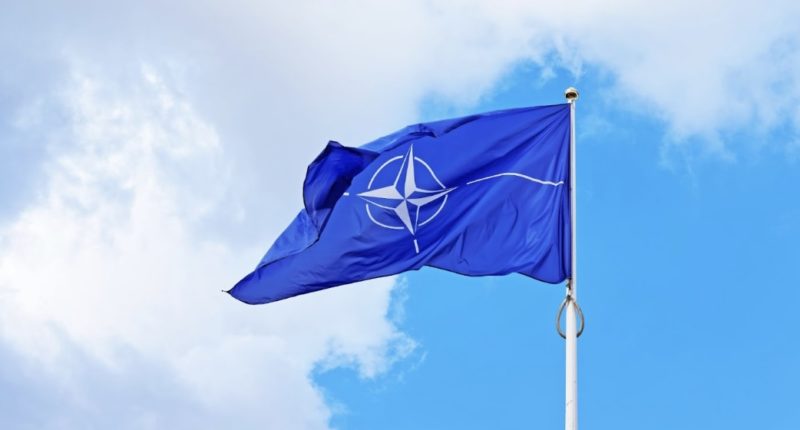

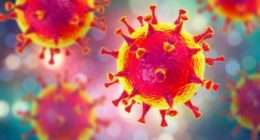
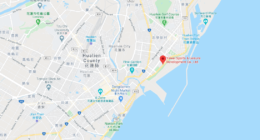
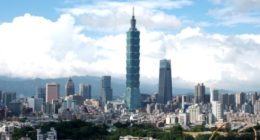


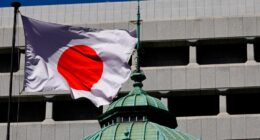


Comments are closed.